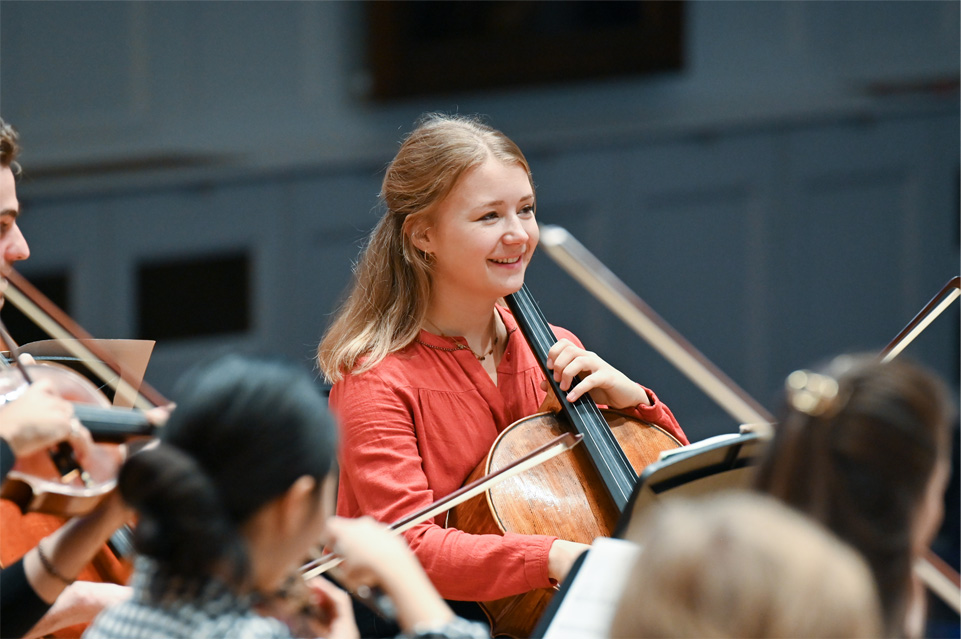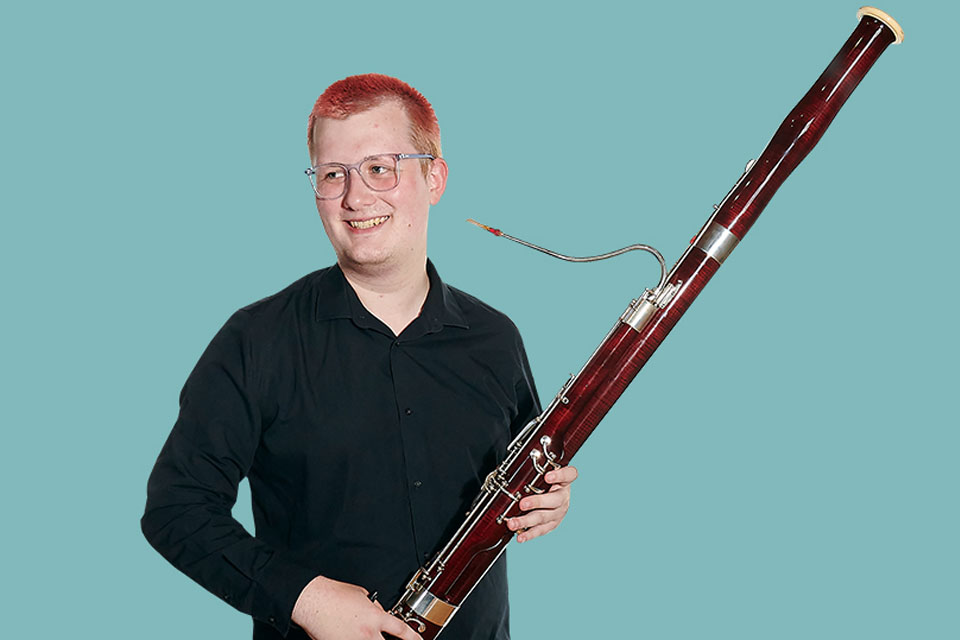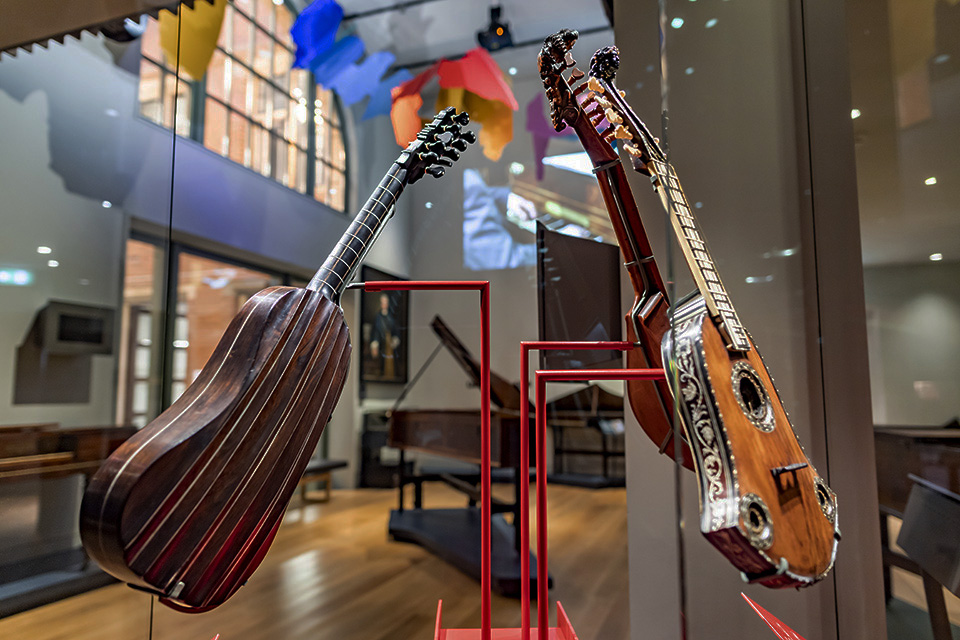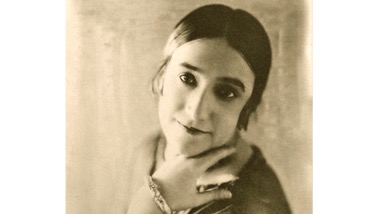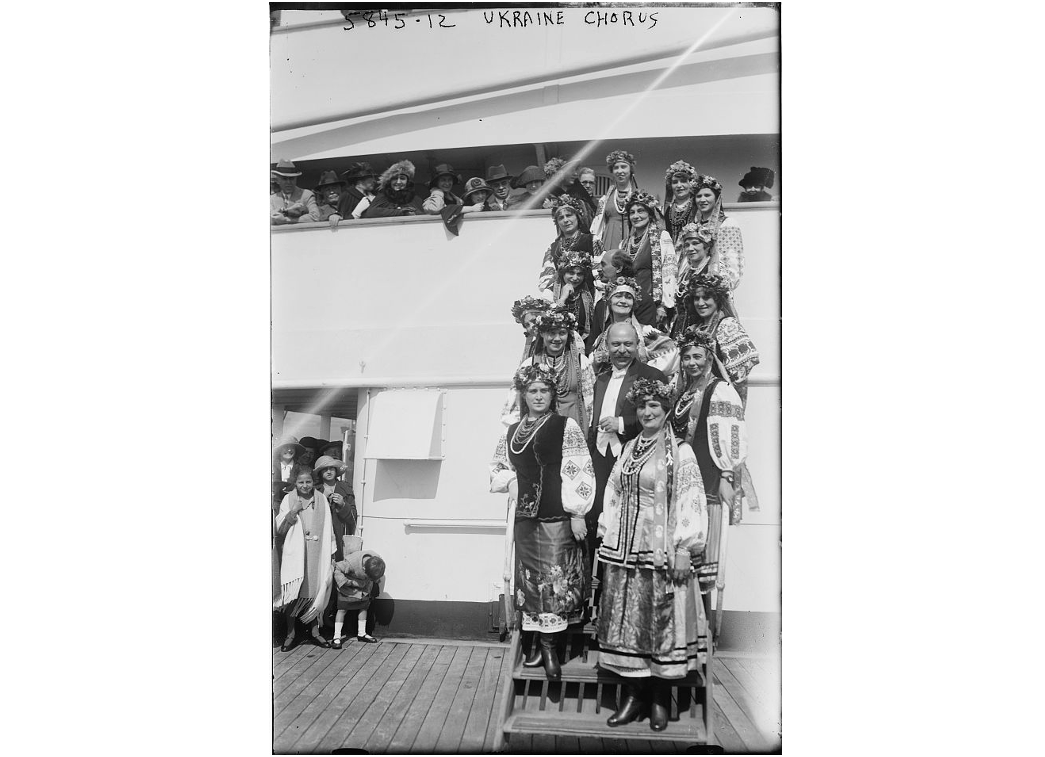Author: Sarah K. Whitfield
The name Oda Slobodskaya appears in concert programs throughout the 1930s and 1940s with many musical migrants who had left or escaped Germany or Nazi-occupied countries. Slobodskaya (1888-1970) was a Russian opera singer. Her remarkable musical journey took her many thousands of miles over a six-decade-long professional career with two professional personas.
She performed at many of the world’s most famous opera houses and on concert stages: from St. Petersburg to Berlin to Paris, and from New York to San Francisco, Buenos Aires, and the UK. In New York, she sang at Carnegie Hall and the Aeolian Hall; in London, at Wigmore Hall, the Royal Albert Hall, and the Royal Opera House. She performed in over forty Proms over as many years and became a vocal professor at the Royal College of Music.
She was not directly in exile from a Nazi-occupied country. She had already settled in the UK before such a move would have become necessary, but her career intersects with other migrant performers and demonstrates the enduring relationship between music-making and mobility. Digitised records reveal more of Slobodskaya’s story, pointing to the ways in which we can understand her unique contribution as a musical migrant in sharing a musical heritage and repertoire.


